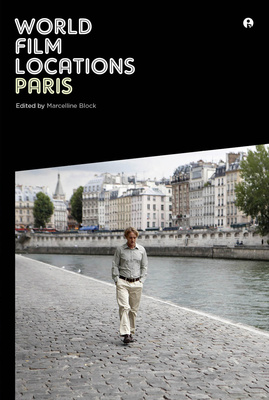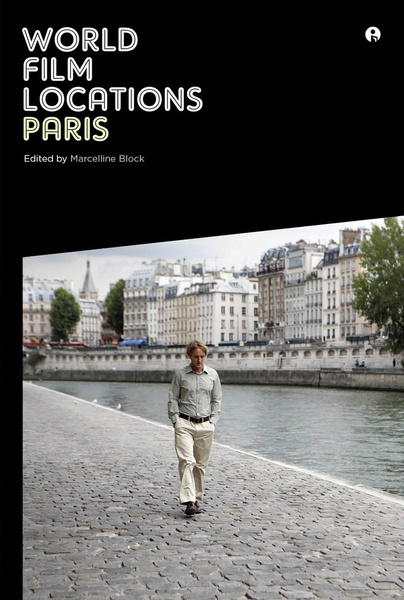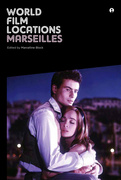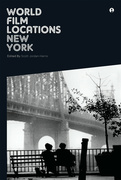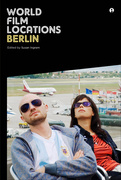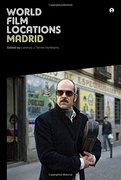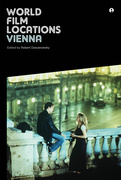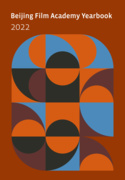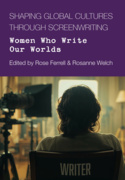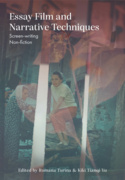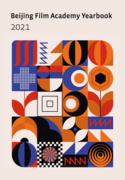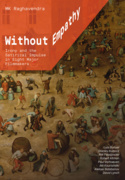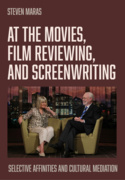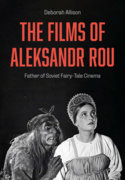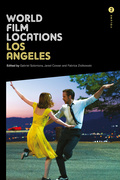World Film Locations: Paris (Book)
World Film Locations: Paris takes readers on an unforgettable tour of the City of Lights past and present through the many films that have been set there. Along the way, we revisit iconic tourist sites from the Eiffel Tower – whose stairs and crossbars inspired more than one famous chase scene – to the Moulin Rouge overlooking the famously seedy Place Pigalle. Other films explore lesser-known quarters usually tucked away from the tourist’s admiring gaze. Handsomely illustrated with full-colour film stills and contemporary photographs, more than fifty scenes are individually considered with special attention to their use of Paris’s topography as it intersects with characters, narrative and plot. A host of important genres and cinematic movements are featured, including poetic realism, the New Wave, cinéma-verité, the literary works of the Left Bank Group, and Luc Besson’s slickly stylised cinéma du look. Meanwhile, essays foreground contributions from Francophone African directors and émigré filmmakers.
Edition
Marcelline Block is a lecturer in history at Princeton University, where she is completing her PhD in French. She is the editor or coeditor of several volumes, including Situating the Feminist Gaze and Spectatorship in Postwar Cinema.
Essays
Paris: City of the Imagination – Keith Reader
Paris in the Films of Alice Guy-Blaché (1896–1907) – Alison McMahan
'A Parisian Pari': Agnès Varda’s Cléo de 5 à 7 – Georgiana M.M. Colvile
City of Light, City of Darkness: Paris in Francophone African Films – Françoise Pfaff
Émigré Film-makers in 1930s Paris – Alastair Phillips
La Bella Città: Paris Through the Lens of Italian Directors – Giovanna Summerfield
Remaking the Cinematic City: Claire Denis' Paris – Malini Guha
''Marcelline Block’s superbly edited collection explores the most important movie city in the world, examining the myriad ways in which filmmakers have celebrated its iconic glories, peered into its shadowy corners, roamed through quartiers old and new, and chronicled its protean moods and atmospheres in films ranging from romance and comedy to poetic realism and science fiction. In its film-historical sweep, its blend of words and images, and the diversity of views presented by its contributors, the volume shows why Vive la Paris! and Vive le cinéma! have been synonymous since the earliest days of film.'' – David Sterritt, Author of The Films of Jean-Luc Godard: Seeing the Invisible'Marcelline Block has just published her edited collection of essays—World Film Locations: Paris—in which each writer turns the imagination on Paris, which in 20th (and, to an extent) 21st century filmmaking, became the object of desire (nothing obscure about it) of film noir, nouvelle vague, émigré cinema, auteur film, African-American directorship and other cinematic tendencies. All of them—no matter what star, director, genre you think of—turned the cinematic lamps on the arche-star, Paris itself. In this volume, every film of the era you can name—Les enfants du paradis, A bout de souffle, Paris qui dort (it would exhaust the space allotted to continue)—is brilliantly, quirkily, outlandishly treated by established and emerging film theorists. Beware: if you read this book, it will water your eyes for the lumières forever unplugged.' – Marshall Blonsky, Author most currently of the volume Apocalypse, Inc.'As a reference book or as a guide book for film fans heading for Paris this year it is perfect.' – Charlie Mansfield, University of Plymouth Journal of Tourism Consumption and Practice, vol. 4, no. 2, 2012'A lavishly illustrated guide ... will provide pleasure for French film buffs and other seasonal film-goers, as well as visitors to Paris.' – Carrie Tarr for Modern & Contemporary France'This series gathers together a wonderful collection of cinematic moments that rise up out of the city and re-inscribe it with new ways of seeing' – Sarinah Masukor for Screening the Past

